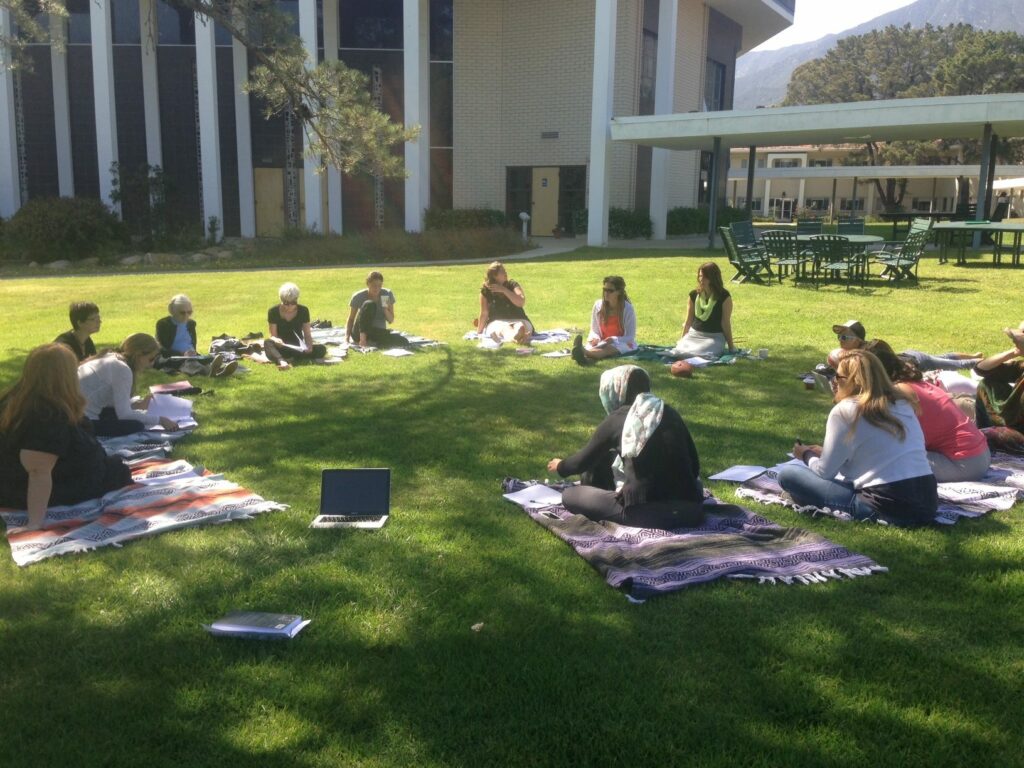How I Got Into Somatics
Most “helping professionals” come into their careers by searching for answers to their own issues. I’m no exception. I grew up in a religious culture that put me at odds with my body. So when I had my first massage, a new world opened to me. I connected to my physical self through touch in a way that felt safe, healthy, and nourishing. From then on I was hooked. I enrolled in massage therapy school but through life’s twists and turns, I didn’t actually get licensed for ten more years.
Massage Therapy
As a massage therapist, it wasn’t long before I became aware of the different kinds of pain my clients experienced in their bodies. Some of it was straight forward. I could link it to things like repetitive use, postural misalignment or injury rehabilitation. Quite often, however, my clients had physical pain with no apparent cause. Moreover, they reported feeling the pain in their muscles yet it remained elusive to pinpoint. I believed their experiences were real, so then where was this pain coming from?
I didn’t know it then, but that question ultimately led me into the field of somatic (or “body”) psychology. Its focus is on how psychological, emotional or spiritual experience manifests in the physical body. A common example that showed up on my massage table were tight shoulders from chronic stress.
Somatic Psychology
I started Pacifica Graduate Institute’s graduate program in somatic psychology in the fall of 2012. I chose this unique program because I wouldn’t come out on the other side as a licensed mental health care professional. This was perfect for me. I didn’t want to become a psychotherapist—I wanted to be a somatic practitioner. That meant I could keep the emphasis of my work on the body, not the mind. I knew I was taking a chance because (as is true today) there is no licensure tract to become a somatic therapist. There would be no guaranteed work placement come graduation. I followed my heart anyway and graduated in 2014.
To make a long story short, it was during my studies that I figured out the most likely source of my massage clients’ pain: accumulated stress and unresolved trauma. Both cause dysregulation in the autonomic nervous system. Dysregulation generates all sorts of physical issues—chronic muscle tension being just one.

Somatic Trauma Healing
After grad school, I decided to get more specific training in somatic trauma healing. In 2017 I became a Somatic Experiencing Practitioner and in 2019, a professional in the NeuroAffective Relational Model (NARM). My private practice slowly grew from offering only massage therapy to what I do today: somatic trauma healing. To learn more or to find out if a somatic approach is right for you, click here to schedule a consultation.




